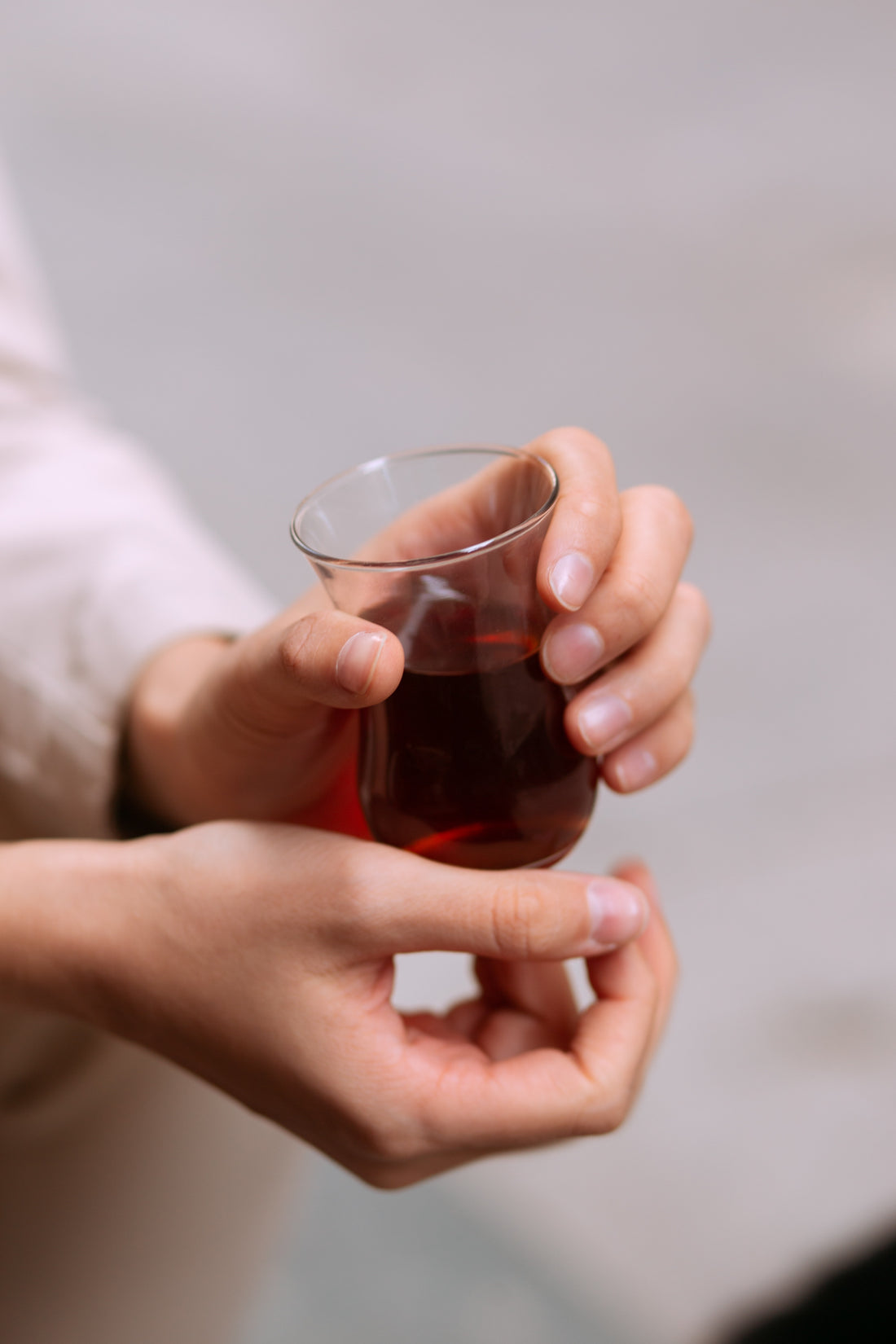Tea is a drink that has been consumed for centuries around the world. However, in Turkey, tea is more than a drink, it is an integral part of culture and daily life.
The history of Turkish tea dates back to the 17th century, when the Ottomans began cultivating tea in the Black Sea region. Tea was very popular among the Ottoman aristocracy and was served in small cups called "fincano bardak". Back then, tea was served with different spices, such as cinnamon, ginger and cloves.
However, the drink did not become popular among the general population until the 19th century. In 1820, Sultan Mahmud II banned the consumption of coffee, prompting the population to look for alternatives. Tea quickly became the preferred drink and began to be cultivated in different regions of the country.
Over time, tea became a fundamental part of Turkey's social and cultural life. Today, it is consumed everywhere, from homes to offices and cafes. The way tea is served is also a reflection of Turkish hospitality: hosts offer tea to their guests as a sign of respect and friendship.
The process of preparing Turkish tea is a ceremony in itself. A special teapot called "çaydanlık" is used, which has two compartments. Water is placed at the bottom and tea leaves are placed at the top. Place the kettle on a low heat and wait for the water to begin to boil. Once it boils, remove it from the heat and add cold water to the lower compartment to dilute the tea. The tea is served hot in small cups called "fincan or bardak".
In short, Turkish tea has a rich history dating back centuries. Its popularity is due to its delicious taste and its cultural importance in Türkiye. The way Turkish tea is served and prepared is a reflection of Turkish hospitality and friendship between people.

